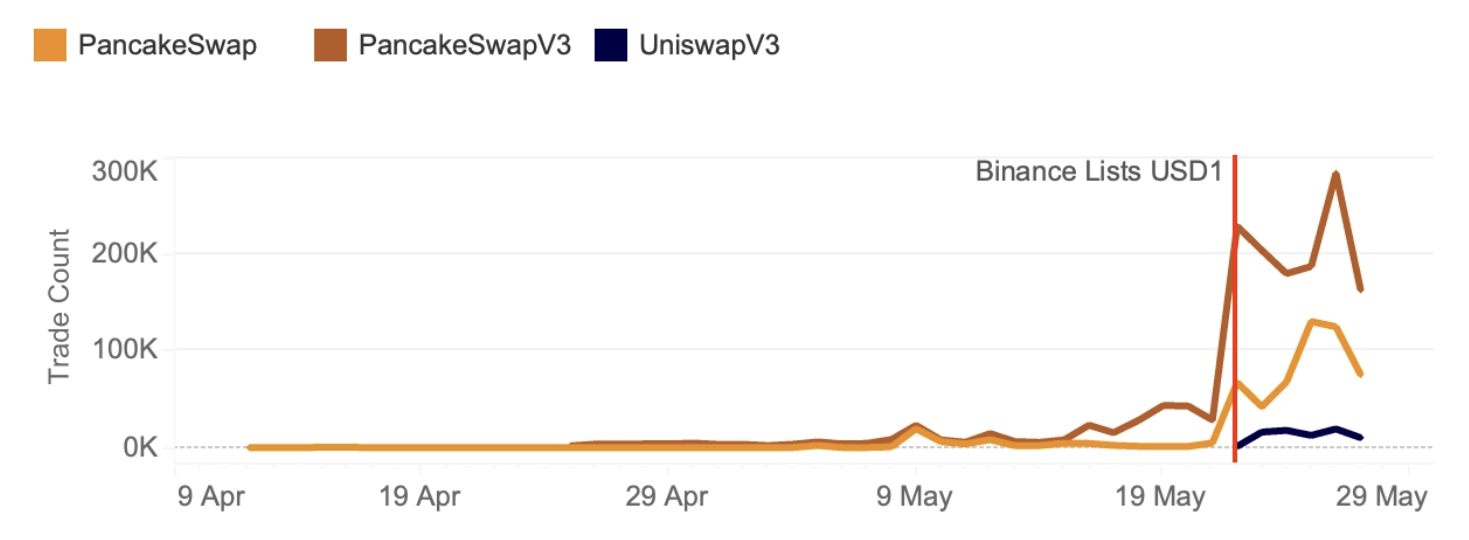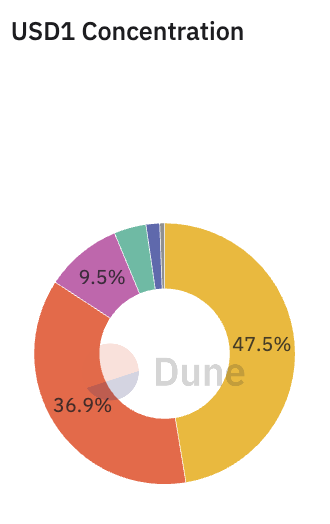Gold is soaring to new highs as demand for precious metals intensifies. The yellow metal is testing critical resistance levels, moving ever closer to the psychological $2,500 mark. Despite the Relative Strength Index (RSI) nearing overbought territory, there remains ample room for further gains if favorable catalysts emerge. The market’s current momentum suggests that gold could continue its bullish trajectory, provided it maintains its upward trend.
In tandem with gold’s rally, silver is also making waves. The gold/silver ratio has retreated below the 84.00 level, sparking renewed interest in silver. Traders are keeping a keen eye on gold’s strong performance, which traditionally bodes well for silver. Should silver surpass the $31.00 level, it is poised to test resistance zones between $31.45 and $31.75. This potential breakout could signal further gains for silver, solidifying its bullish outlook.
Platinum, another key player in the precious metals arena, is also gaining traction. The metal’s recent upward movement aligns with the broader rally in precious metals markets. Additionally, palladium’s 1.9% increase is providing a bullish signal for platinum. If platinum manages to stabilize above the $1,000 level, it will likely face resistance at $1,020 to $1,030. This level of resistance will be crucial in determining platinum’s next directional move.
For those looking to stay informed about all the latest economic events and their potential impacts on the markets, be sure to check out our economic calendar.
As gold, silver, and platinum continue their impressive rallies, traders and investors should remain vigilant. The interplay between these metals and market conditions will be key in navigating the next phases of their price movements.










